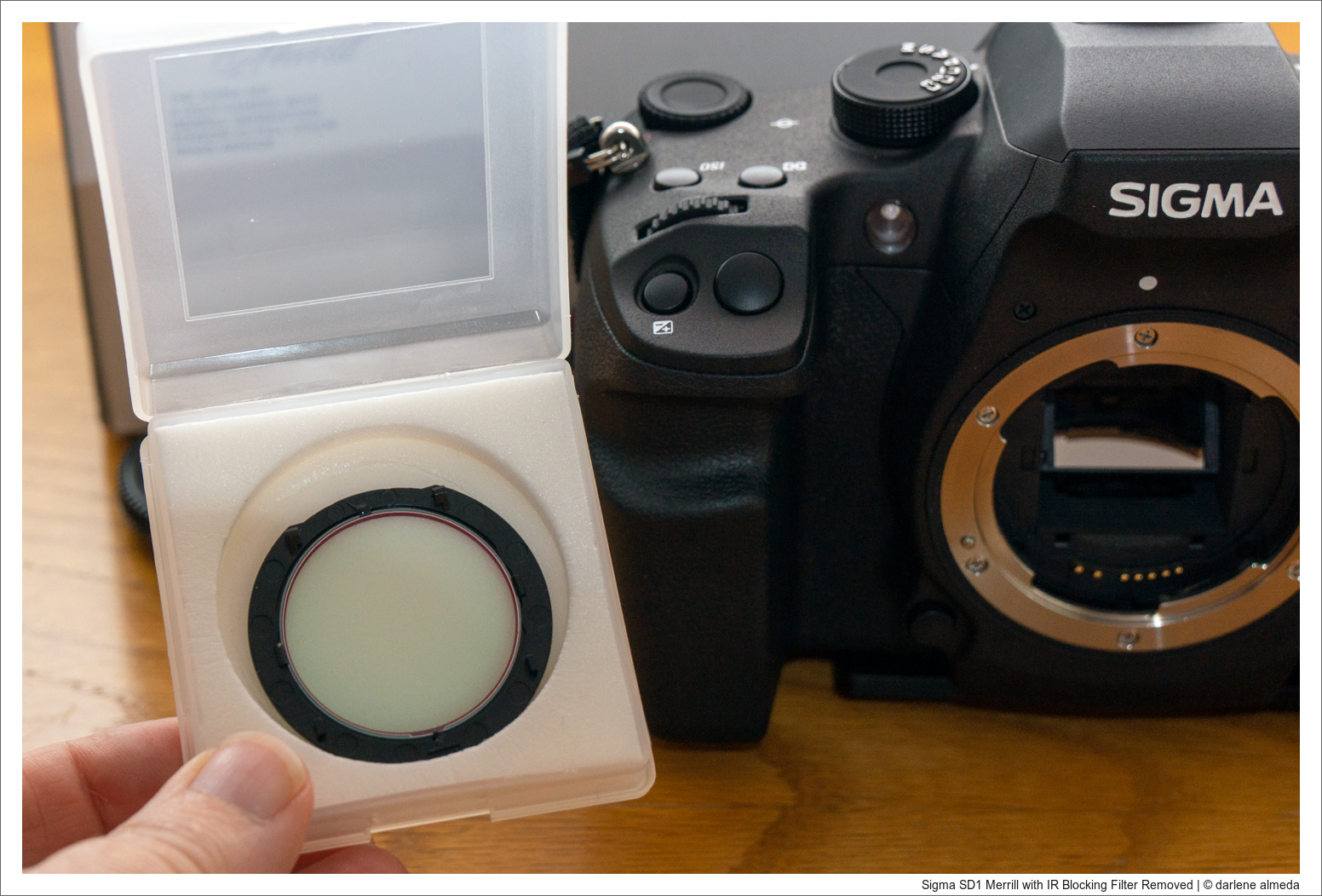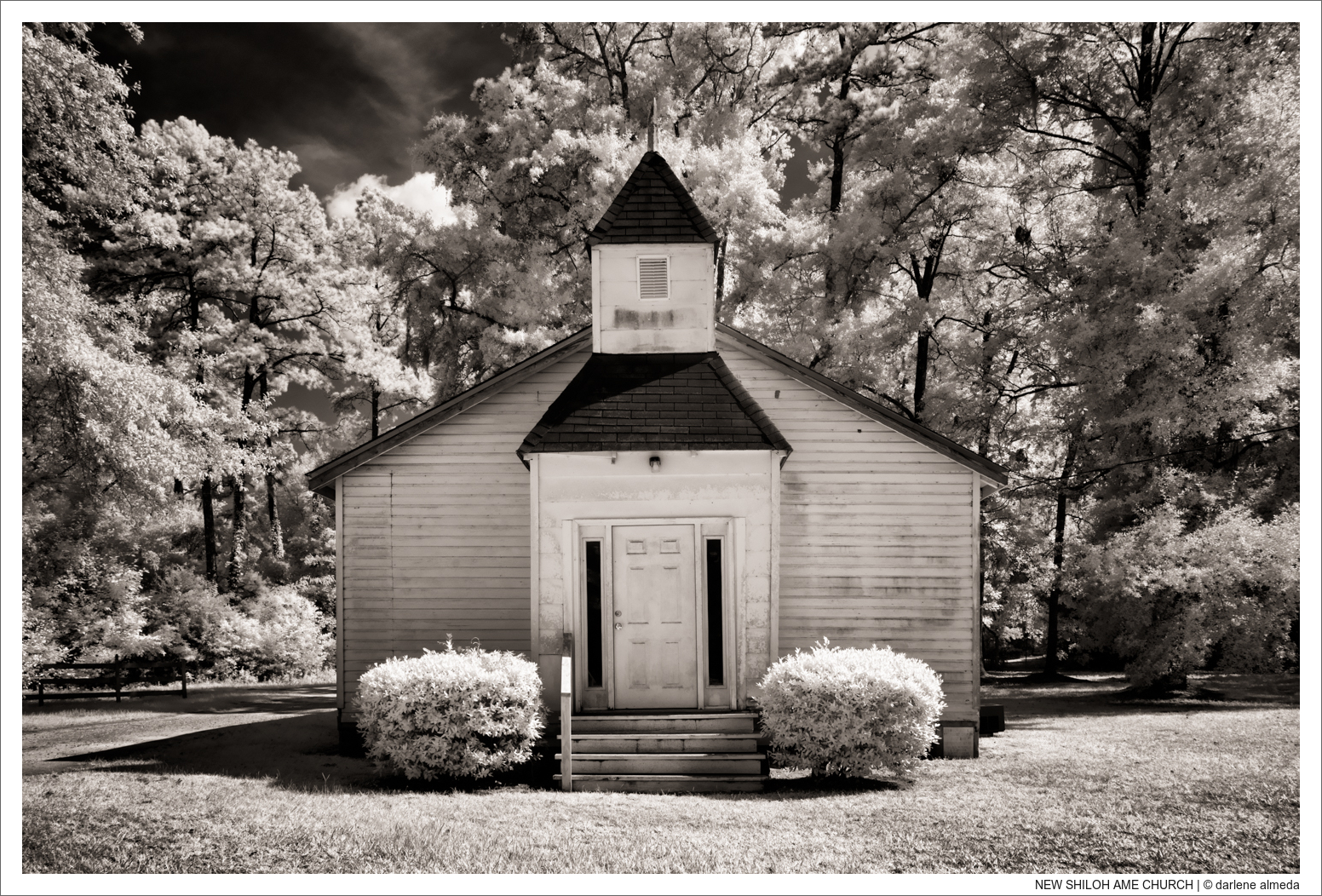tribal-warrior
Member
Just recently, I got back my very first B&W infrared film from the local lab. I have shot colour IR slide film in the past. I did learn a painful lesson from this B&W infrared film (Rollei 400 to be precise.) Never use hyperfocal focusing. I did that for most of the film and all those particular images have varying degrees of softness. I also used the IR focus mark on the lenses and generally shot at around f19 and f22 but still had major focus issues. The only images that turned out sharp were ones where I specifically focused on the main subject (and also used the IR focus mark.) I used an IR720 filter in conjunction with this film.
This does not make any sense to me but is a lesson learned. I hope others don't repeat the same mistake. I'll certainly never use hyperfocal focusing with infrared film again.
This does not make any sense to me but is a lesson learned. I hope others don't repeat the same mistake. I'll certainly never use hyperfocal focusing with infrared film again.





